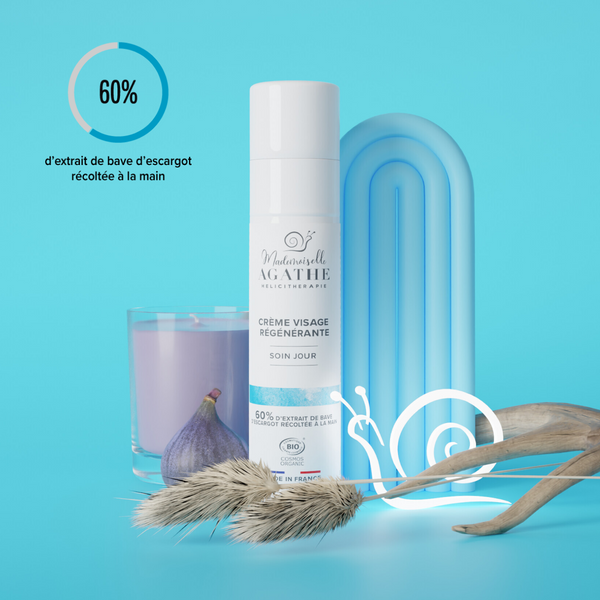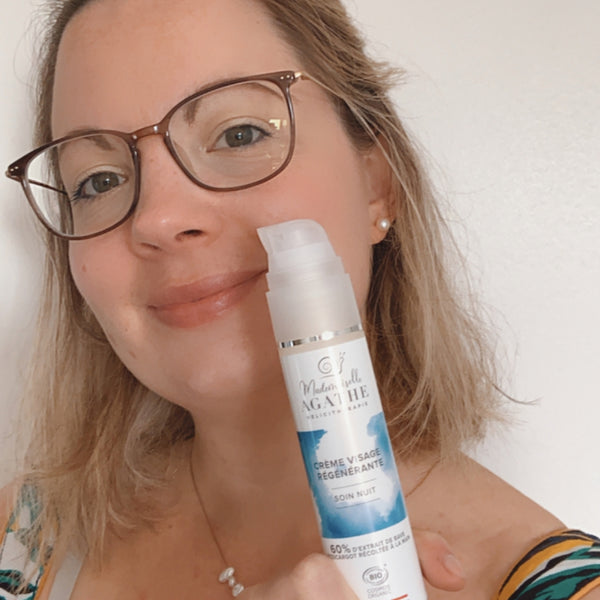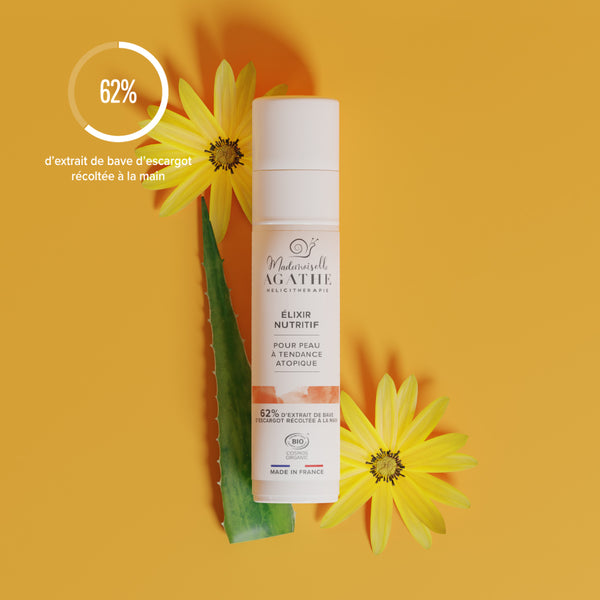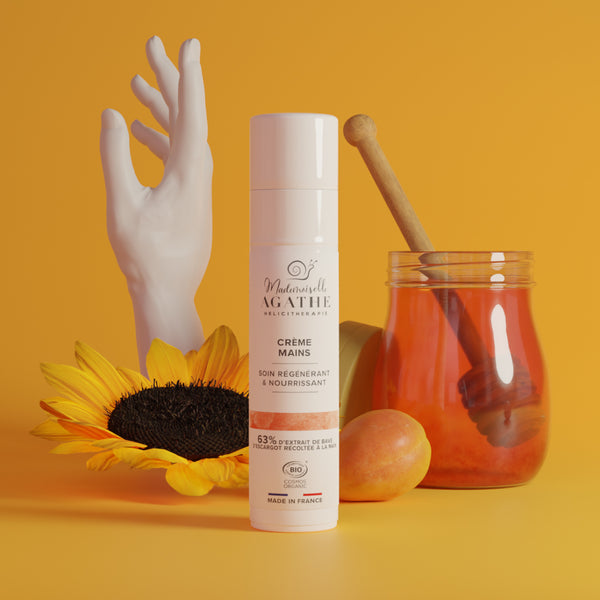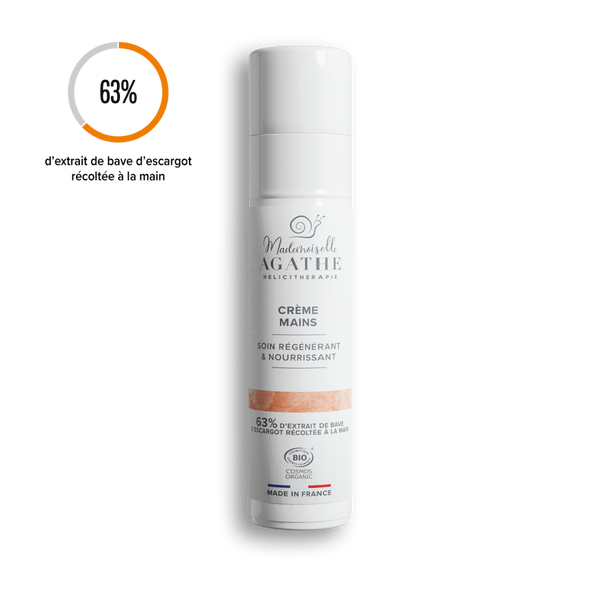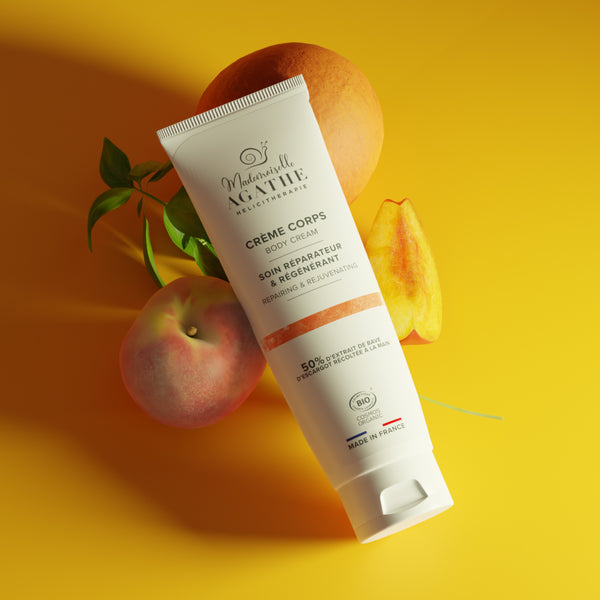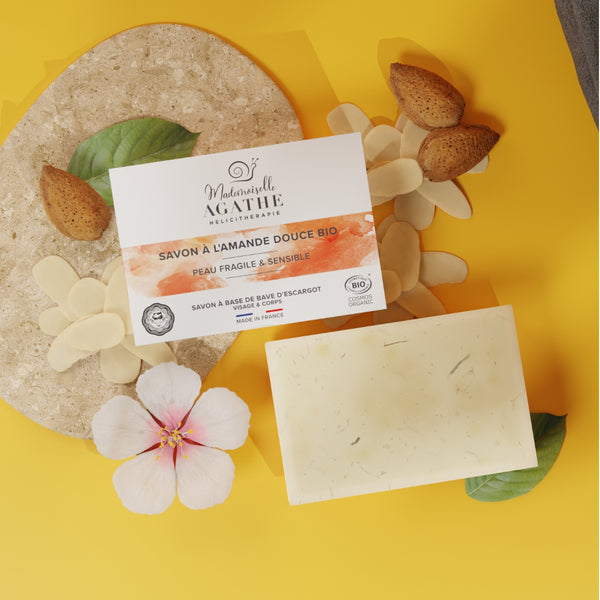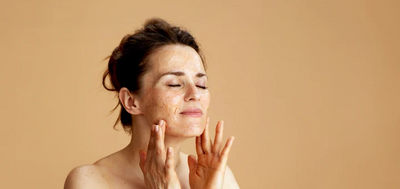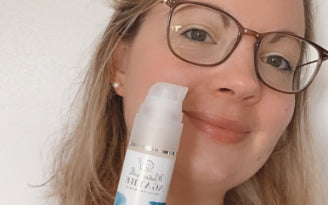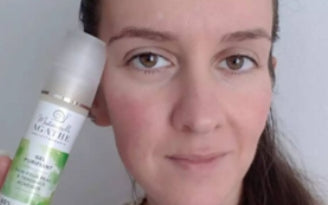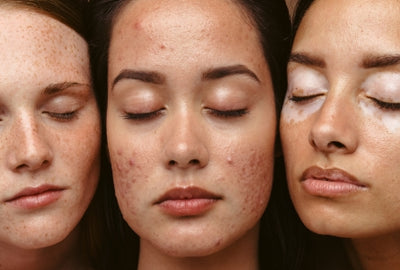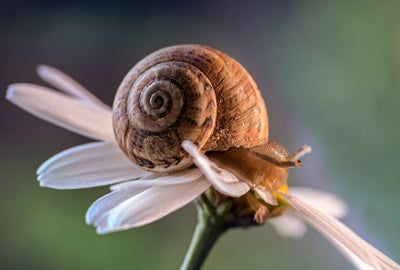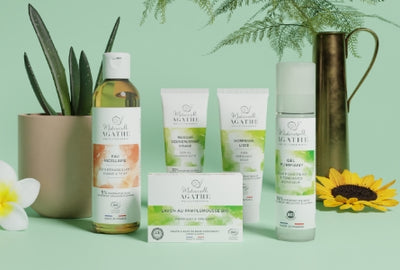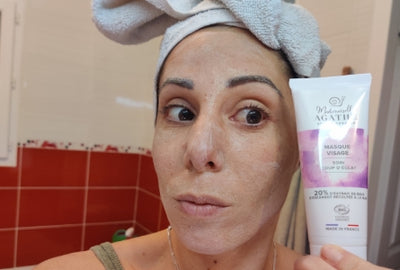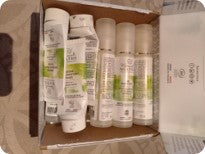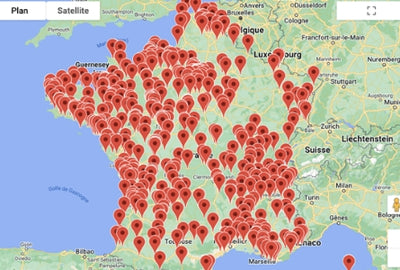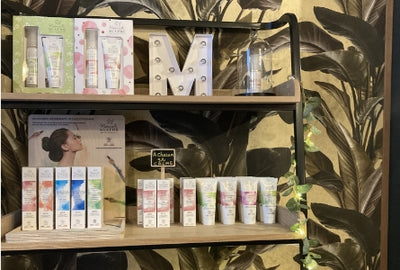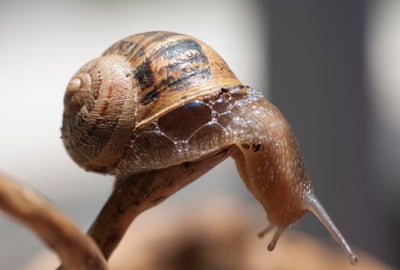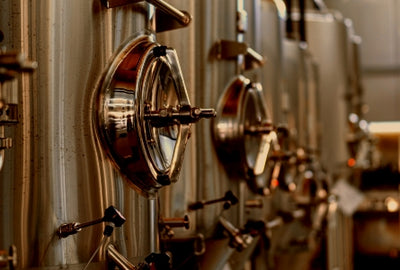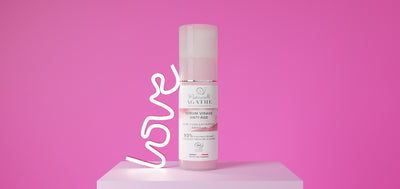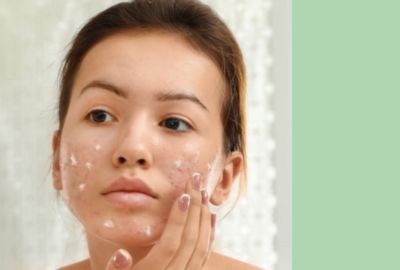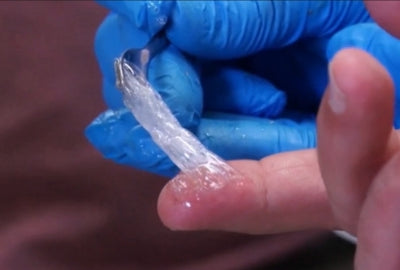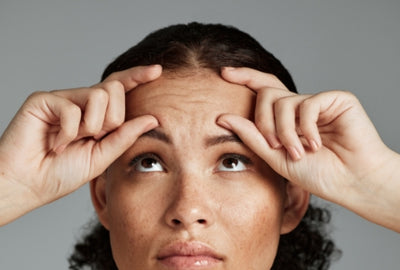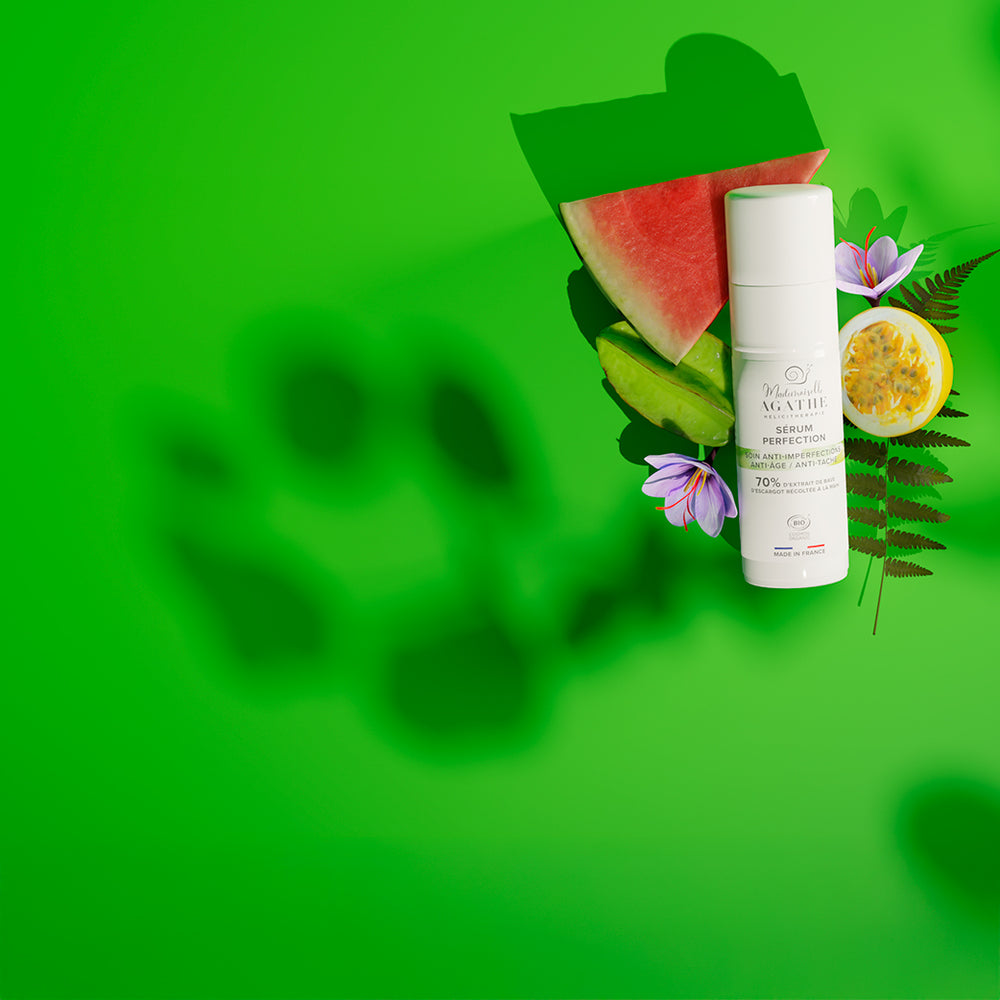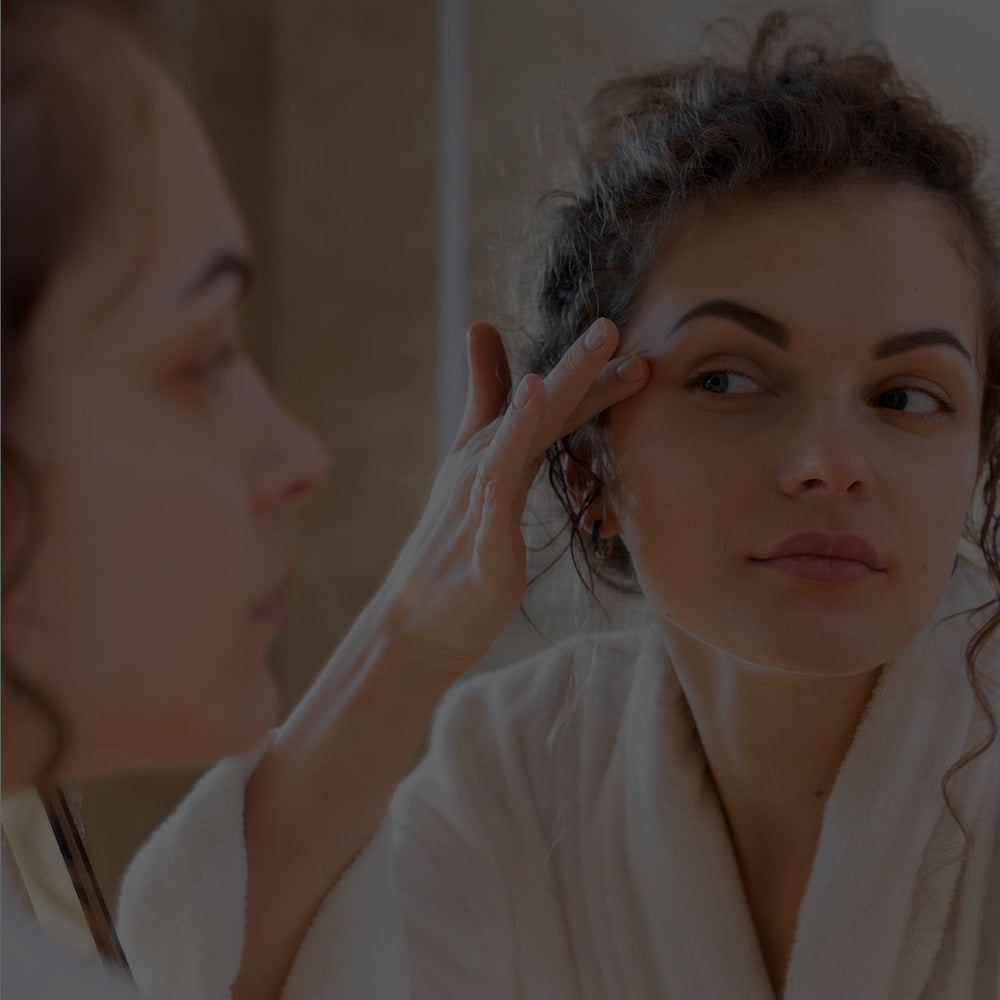
THE BA-BA OF COLLAGEN
Collagen do you want some, here it is. We talk about it today in all the sauces. But what is really hiding behind this protein? What is its role in our body? Miss Agathe enlightens you here on the question with the alphabet of collagen as you have never seen it...
P FOR PROTEIN
If it sounds artificial, know that collagen is actually the main protein produced by our body. It nestles everywhere in our muscles, our bones, our organs, our teeth. Our body creates it every day and slows down its production as we age. Also, it is particularly present in the skin, where it alone represents 80 to 90% of its weight, once the water is excluded. You are therefore loaded with collagen from head to toe!
Its main mission? ensure the solidity of the dermis. In other words, it is the collagen that gives the skin all its firmness, allows the tissues of the epidermis to regenerate and preserve its elasticity. But collagen goes even further: it fixes the calcium in the bones, preserves the joints and above all prevents osteoarthritis. Nature is really well done.
M FOR MULTIPLE
There is not one collagen but ALL collagens. Indeed, there are at least 16 different types. We then speak of the types of collagen: 1, 2, 3, 5 and 10. Without going into details, these types vary according to various combinations of the amino acids that make up the protein. Remember: the vast majority of collagen is made up of type 1, 2 and 3.
F FOR FIRM
Collagen pulls the strings of the skin. It is he who is largely responsible for his firmness.
Etymologically, it takes root in the Greek word kólla, which means glue. In fact, type 1 collagen binds to type 3 collagen within the dermis. It forms an extracellular matrix with elastin and other proteins called glycoproteins. Together, they provide tone and resistance to the skin. But, fatefully, from the age of 20, its production drops drastically. From this age, the skin loses 1% of collagen per year and it is from this moment that it decreases in elasticity and firmness. To speak in numbers: at 80, our skin produces 75% less collagen than when you were 20. Snif…
A remedy to mitigate the phenomenon?
In the morning, for maximum hydration, apply Mlle Agathe's regenerating day care cream. Composed of 60% snail slime, it will allow you to deeply hydrate the tissues of your skin, thanks to the elastin and collagen contained in the mucus. These are decisive for activating the properties of suppleness and elasticity of the skin. Continue this routine, with our organic mask still based on snail slime. In just 10 minutes, it will revitalize your epidermis. Hop!

D FOR DECLINE
In addition to the inevitable aging, collagen declines even faster according to our way of life. Its production can be reduced by many factors including pollution, tobacco, diet or photo-aging (excess exposure to the sun). Like what, we can not always accuse genetics!
S FOR STIMULATION
Miss Agathe is not here to talk to you about scalpels or other laser gadgets. No ! There are natural solutions to boost the production of collagen. Imagine that one of the main virtues of snail slime is to be regenerating. Indeed, it includes allantoin and the RIF1 protein which act on the aging process as well as on cell renewal.
This is where Miss Agathe's fabulous anti-aging serum comes in. Composed of 93% snail slime, it reduces wrinkles and fine lines, as well as signs of fatigue. Far from promising a total disappearance of wrinkles, our products make it possible to blur the signs of aging and prevent their appearance. Lifting effect when turning.
To you the second youth!
The other boosting option is on your plate: recharging collagen through a good diet. Bet everything on almonds, sesame or walnuts. And, on the vegetable side, on broccoli, spinach, green cabbage or eggplant.
On your marks, get set, go for the collagen race!

